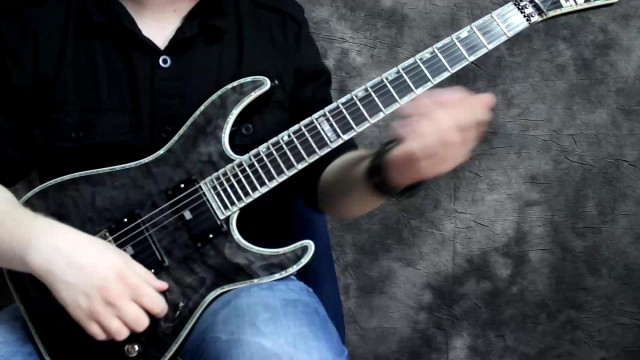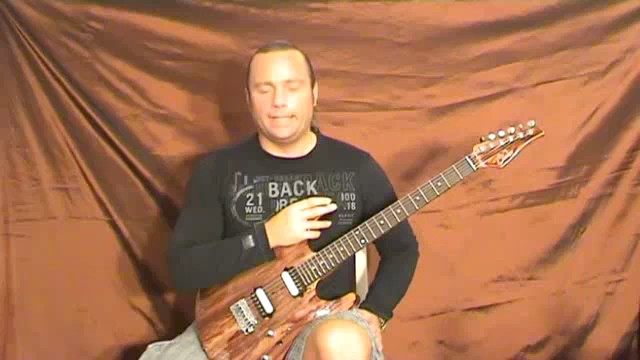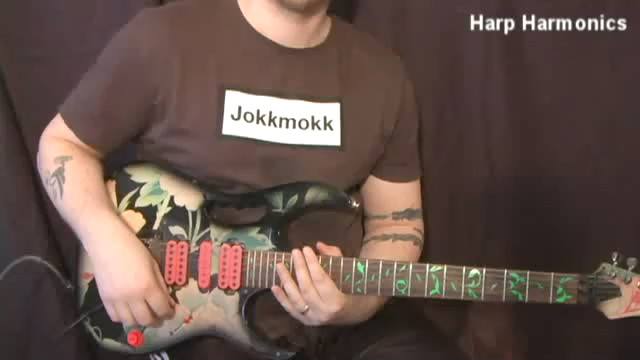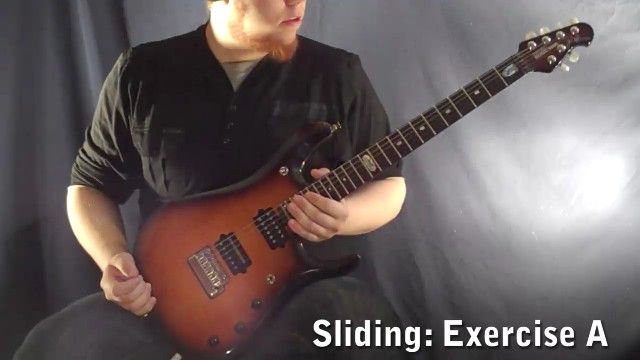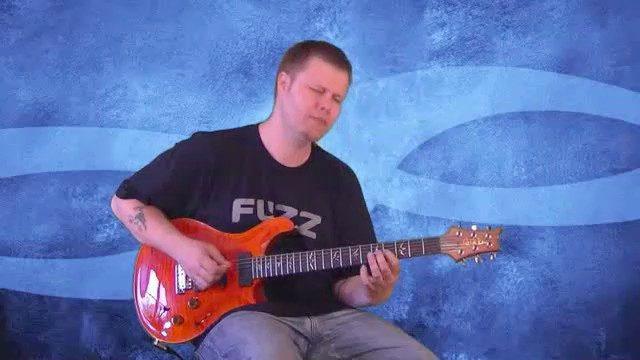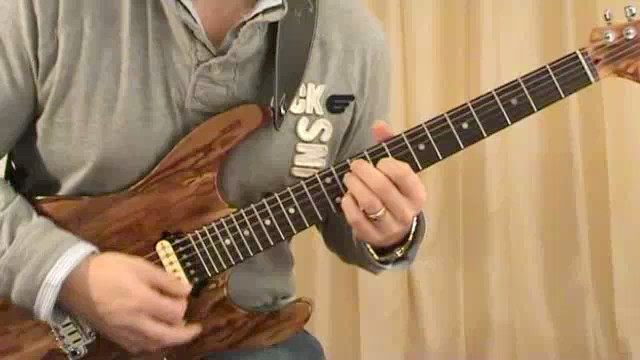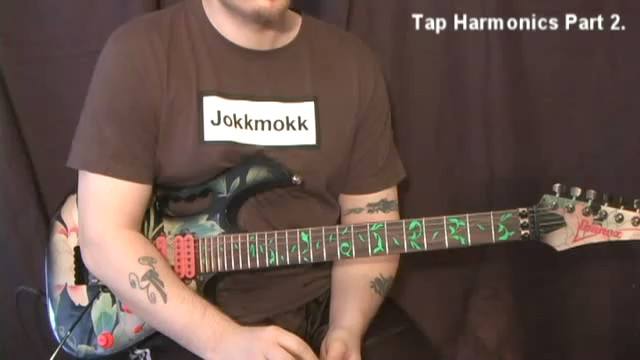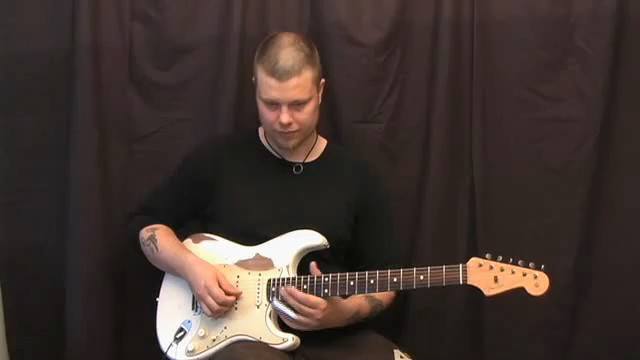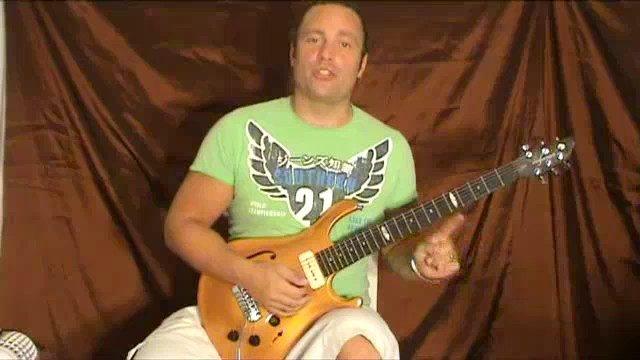The next logical step is to take the basic principal we talked about in the previous video and apply it across all 6 strings.
We are going to start with the 6th string at the 5th fret and we will do the semi-tone bend using a downward movement starting with the 1st finger. Please remember to use the whole wrist when you are applying vibrato. It is NOT a movement of the finger but a movement of the finger and wrist as a whole. Once we have done that we can move on to the 5th string, same fret as before and apply the vibrato there. Then continue using the 4th string and 3rd string.
When we reach the 2nd string I'd like you to apply the vibrato in an upward motion as opposed to downward. This may feel a little unnatural in comparison but with a little practice you will be fine.
The main reason I would like you to practice in this way is because of the lack of fingerboard space. By doing an upward movement we not only preclude the possibility of the string slipping off the fretboard during the vibrato but also allow us the possibility of doing a much wider vibrato in the process, as and when we want to of course. The same applies when we reach the top 1st string, although you will find that it's pretty much an impossibility to apply a downward vibrato on this string without it slipping off the fretboard.
The next step that follows is to change fingers of the left hand and apply your vibrato using the 2nd then 3rd then 4th fingers. If you can work on achieving the same control over your vibrato whichever finger you are using you will be much better off. Once you feel comfortable with that you can then start changing your target pitch by applying a whole-tone bend. This will give you a completely different sound to the former and will require more control so proceed with caution and be sure that your intonation is as perfect as it can be.





